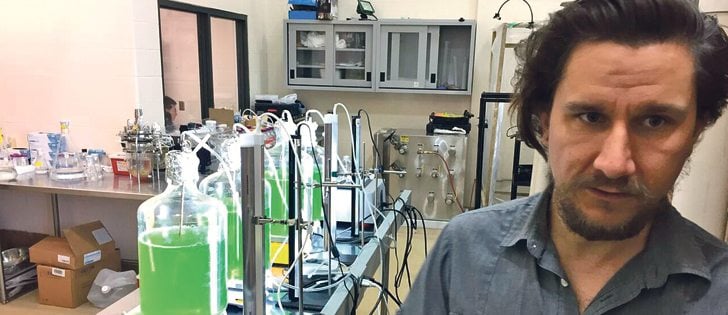A colleague of mine told me Thursday that even with all the brouhaha over genetically modified flax appearing in Europe, buyers are still buying flax. So there’s still a market there, albeit one with a big black cloud over it. Is another shoe to drop? Or will the one on the chest of the flax industry be lifted? That’s a multi-million dollar question.
But with all the questions swirling over the traditional flax market, it was nice for me Thursday to hear a fascinating presentation at the Western Nutrition Conference here in Winnipeg in which a Quebec researcher explained how and why flax added to cow diets increases conception rates, birth rates and cow recovery rates. With a truckload of scientific reasons for these phenomena to be occurring, the researcher helped shore up the claims flax growers have been making for years.
Read Also

Budget seen as fairly solid, but worrying cracks appear
The reaction from the agriculture industry to prime minister Mark Carney’s first budget handed down November 4th has been largely positive.
It was the kind of information that helps build a market. It wasn’t all new, but the researcher neatly synthesized existing flax-in-cow-diet research with her own experimental data to make a good case that flax is the best oil supplement for cows. It’s fine for farmers and other flax promoters to claim their product has good affects, but it’s nice to see scientific muscle growing behind the claim.
That should make it easier to sell flax to livestock producers, something that would help reduce the overwhelming reliance on the European market that is now scaring so many flax folks over here.
Every year when I go to this conference I’m fascinated by the nutritional info that’s presented. It’s a lot better than you normally get for human nutrition, which is something I also follow. Human nutritional studies are terribly hamstrung by the complications of working with human beings. You can’t just take 1,000 people, isolate them, force them to eat a restricted diet and then slaughter them and examine their tissues. But that’s precisely what researchers can do with livestock, providing very direct evidence of what various changes in diet can produce in an animal. With humans, researchers have to rely on indirect observations much of the time, using blood tests, urine tests, etc. These are generally far less exact ways of measuring results. And with many human dietary tests, a lot of trust is placed in human subjects telling the truth to researchers about what they’ve been eating and doing.
So, surprisingly, animal nutrition is often much better understood than human nutrition. (Ever think it’s kinda odd that human doctors cavalierly tell you to “Eat a healthy diet,” with little or no interest in what you think a healthy diet is, while veterinarians in livestock ag formulate strict, balanced, optimal diets for the animals? Livestock producers would never throw a grab-bag of ingredients at their pigs or cattle and expect to produce healthy animals, yet their own diets are probably causing all sorts of health problems they’re not even aware of.)
That’s no doubt a cramp on some of the market possibilities for farm products, because it’s just so hard to prove that the stuff farmers produce is good for human health. Just look at the hoops oats and canola had to jump through to get the limited health claims their products can carry.
There is one area of animal nutrition that is also cramped by the ethical concerns that hold back human research: pet food research, about which there was a presentation at the Western Nutrition Conference. No company in the pet food business is likely to dare the wrath of dog and cat owners by running tests which involve the slaughter of test dogs and cats. That would be business suicide. So, just like with human nutrition studies, researchers rely on indirect methods of observation.
So, for humans and the animals they love, nutritional knowledge is weak and the evolution of the healthy foods industry is hampered. Ironic, perhaps, but there’s no easy way around the problem. So if you want to see cutting edge nutritional research, go to a livestock feed conference.















